By Christer Bergström and Andrey Mikhailov
In June 1942, the Black Sea port of Sevastopol on the Crimea was the scene of some of the fiercest fighting of World War II. Commanded by Generaloberst Erich von Manstein, the German Eleventh Army was dispatched in a powerful attack to seize this important stronghold. Throughout the battle, a stiff but uneven air war raged between German Messerschmitt Me-109 fighters and a handful of determined Soviet airmen based inside Sevastopol. Due to the limited geographic area, the same fighter aces on both sides met in combat each day. Hauptmann Gordon Gollob, Oberleutnants Anton Hackl, Heinrich Setz, and Feldwebel Ernst-Wilhelm Reinert were among the most prominent protagonists in German Fighter Wing 77 (JG 77), as were Kapitans Mikhail Avdeyev, Konstantin Alekseyev, and Boris Babayev in the Soviet naval 6th Guards Fighter Aviation Regiment—6 GIAP/VVS-ChF.
A Mutual Respect
Both sides learned to pay great respect to their adversaries. Heinrich Setz, commanding the fourth Staffel (squadron) of JG 77, described the air combat with “most experienced” Soviet fighter pilots over Sevastopol as “extremely hard,” and Hauptmann Gollob was compelled to instruct his fighter pilots to avoid “turning combats at low flight altitude.”
And Kapitan Mikhail Avdeyev, commanding the first squadron (1 AE) of 6 GIAP/VVS-ChF, dedicated much space in his memoirs to honor a most feared German ace over Sevastopol, whom the Soviet pilots called “Z”—their interpretation of the call sign on the fuselage of this Me-109 F as a black Latin character “Z.” Avdeyev wrote: “‘Z’ appeared every day, always with his back protected by other fighters. Usually, he picked his victims carefully, and only rarely were his attacks without success. More than once, I tried to pursue this Fascist, but this proved to be a most difficult undertaking.…
“It was clear that ‘Z’ was an outstanding pilot, definitely somebody from von Richthofen’s inner circle or maybe even von Richthofen himself.…[Von Richthofen was cousin to the famous WWI ace and, at age 47 in 1942, Commander-in-Chief of the Luftwaffe 4th Air Fleet fighting at Sevastopol.]
“That damned ‘Z’ deprived us of our sleep and never left us in peace. It was as if he jeered at us. A hundred times I examined my mind to find out different ways of attacking him—from above, from below, from the clouds or from the sun. But these fine theories always were shattered by the realities. ‘Z’ wasn’t someone whom you could lure into a trap, or who could be made to lose his nerves through a frontal attack. He was a worthy opponent, and he definitely gave us a lot of headache.”
“Z” was Anton Hackl, the Staffelkapitän of 5./JG 77. “Toni” Hackl would remain in frontline service during the entire war. He was among the few who survived more than a thousand combat sorties, achieving a total of 192 confirmed and 24 unconfirmed aerial victories. Roaming the skies above Sevastopol with his Me-109 F-4, “Black 5,” in June 1942, “Toni” Hackl would bring down 11 Soviet aircraft during this battle, making him the most successful German fighter pilot during the campaign. Mikhail Avdeyev was a stunned witness of how swiftly “Z” shot down an Il-2 of 18 ShAP/VVS-ChF in early June: “The fighters of the 1st Eskadrilya took off first. Three or four minutes later, a dozen Messerschmitts appeared. In that moment, Mayor Gubriy’s Stormoviks were taking off.
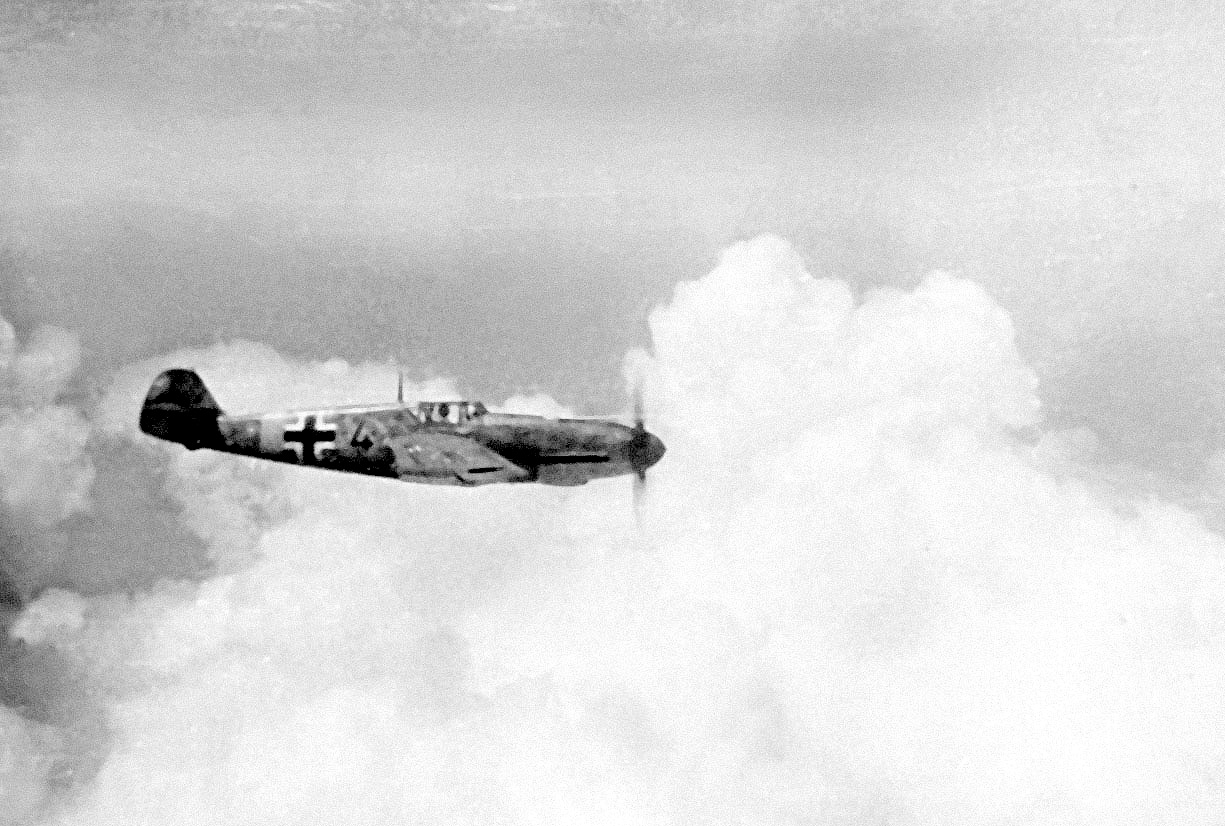
“Eight Yakovlevs met the Messerschmitts over the sea. Our fast, sudden attack and precise gauge maneuvers drew the Messerschmitts into combat and prevented them from engaging the Stormoviks. Then, from somewhere high above, beyond the dogfight, one Messerschmitt, which no one had detected, came rushing downward like a vulture. It set one of the Stormoviks on fire and disappeared at treetop level. Together with Danilko, I tried to pursue him as he leveled out from the dive, but we were intercepted by four Messerschmitts. We caught a quick glimpse of a black ‘Z’ on the hunter’s fuselage side.”
Nevertheless, both Soviet and German accounts indicate that the Soviet naval airmen based inside Sevastopol in general were tougher than their German counterparts. Several statements by Luftwaffe fliers that flew against Sevastopol reveal how impressed the Germans were with the stamina displayed by these Soviet pilots.
Duels in the Skies
In early June 1942, the airmen of both sides had been involved in a prolonged and intense campaign over the eastern part of the Crimea, the Kerch Peninsula (which was completely overrun by the Germans in May 1942), and were in desperate need of a rest.
Leutnant Armin Köhler of I./JG 77 wrote in his diary: “Each day there is an uninterrupted row of combat sorties. We are unable to sleep at night. If this carries on much longer, our nerves will soon be worn down.”
To Hauptmann Gordon Gollob, who commanded the German fighter force in the Crimea, this was a cause of great concern. At the onset of the assault against Sevastopol, he wrote in his diary: “The pilot situation looks bad, partly because of losses in aerial combat and injuries, and partly because some pilots have to be relieved from first-line service. Far from everyone is able to stand the enormous physical and mental strain. The most reasonable—and most human—thing to do is to release those pilots who have lost their perseverance from first-line service before they influence other pilots with their negative attitude or get killed.”
But Hitler was determined to capture Sevastopol—the thorn in the side of his army—before the summer offensive against the oil fields in the Caucasus was opened. As they were lined up against Sevastopol, the exhausted Luftwaffe pilots knew that notwithstanding their numerical superiority, it would not be an easy fight. This had been proven to the fighter pilots of JG 77 on May 27, 1942 when four Me-109s bounced two MBR-2 hydroplanes of the Soviet 116th naval reconnaissance aviation regiment (116 MRAP/VVS-ChF). The slow hydroplanes should have been no match to the Me-109 F-4s, but the MBRs, piloted by Kapitan Nikolay Tarasenko and Leytenant Yevgeniy Akimov, fought off the attack vigorously by turning head-on against the Germans. Unteroffizier Ernst Thoma’s Me-109 was shot down and the remaining three chose to disengage, thus enabling the MBR-2s to land safely at Sevastopol.
Unteroffizier Thoma landed in his parachute in the sea near Cape Khersones and was rescued by the Soviets. He was brought to Sevastopol, where he reportedly revealed the number of planes, the location of the forward German airfields, and other details regarding JG 77. The following night, a group of MBR-2s from 116 MRAP/VVS-ChF raided the German airfield in accordance with the information given by the unhappy Ernst Thoma. Later the Soviets executed him.
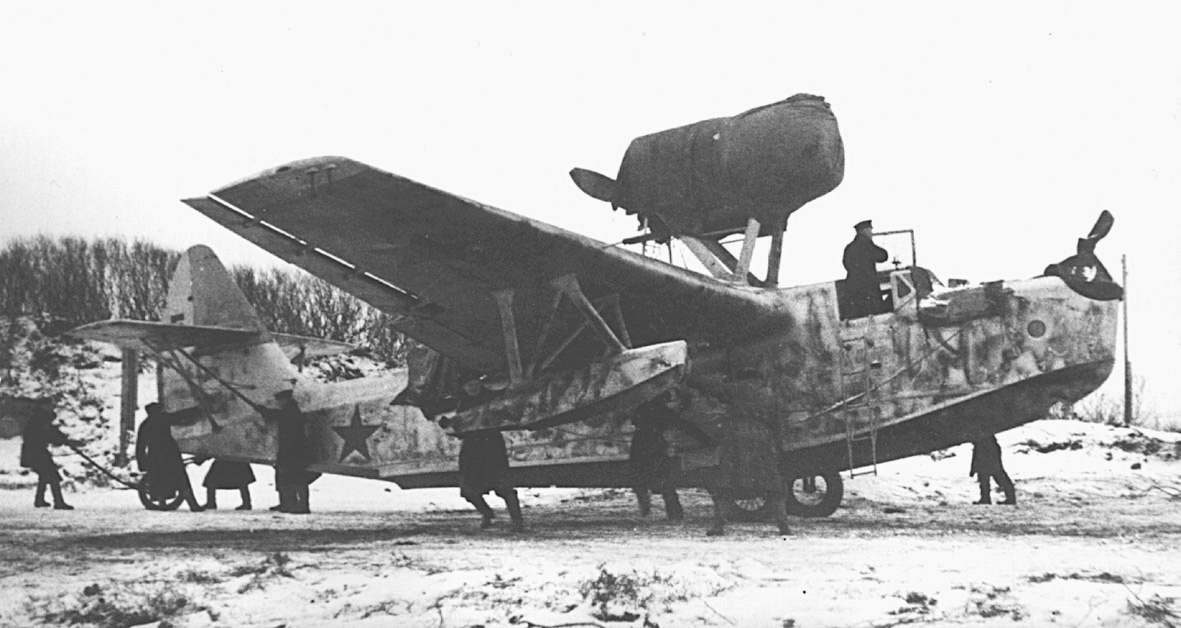
Of the Soviet airmen in Sevastopol, the fighter pilots of 6 GIAP/VVS-ChF—awarded the name of honor Sevastopolskiy—constituted the greatest threat to the Luftwaffe. The most famous pilot of this unit was Kapitan Mikhail Avdeyev, an excellent marksman who commanded the first squadron, 1 AE, of this regiment.
On June 1, Avdeyev and his wingman Starshiy Leytenant Danilko came close to killing Generaloberst Erich von Manstein. As the two Soviet pilots returned from a reconnaissance mission over the road to Yalta, they spotted a lone motor torpedo boat. Disregarding the order to avoid combat, they immediately put down the noses of their Yak-1s and came down with guns blazing.
Generaloberst von Manstein had boarded the Italian motor torpedo boat in order to check if the strategically important road from Sevastopol to Yalta could be controlled from the sea. Suddenly machine-gun bullets crashed into the deck of the boat. The two Yak-1s dived with the sun at their backs, undetected by the enemy. To the left and to the right of von Manstein, the port commander of Yalta, Kapitän Joachim von Wedel; the Italian commander of the torpedo boat; and the Generaloberst’s faithful driver, Oberfeldwebel Fritz Nagal fell dead. Von Manstein was lucky to escape any injuries.
The Siege of Sevastopol Begins
The German attack on Sevastopol, initiated on June 7, 1942, was preceded by five days of German artillery shelling and bombardment from the air. Between June 2 and June 6, six hundred aircraft of Generaloberst Wolfram Freiherr von Richthofen’s Air Corps VIII carried out relentless “softening-up” bombings of Sevastopol. Individual German bomber crews made up to 18 sorties daily. What the defenders of Sevastopol had to endure was even worse than the previous Luftwaffe blitz against Warsaw, Rotterdam, London, or Malta. A Soviet army commander recalls how the German bombers “literally plowed up the earth throughout our defense area.” And yet, it took 25 days of furious ground fighting before the German flag could be raised in the ruins of Sevastopol.
“Earth, water, rock fragments, steel, and cement were intermingled with bleeding corpses,” recalls Hauptmann Werner Baumbach, a German bomber pilot veteran who took part in the battle: “And yet, the Russians continued to cling to their ground, their native soil, with unparalleled tenacity.” A report from the German Eleventh Army noted: “Defying our air superiority, the enemy’s air force intervened in the ground combat with ground-attack aircraft and fighters.”
On June 7, Gordon Gollob wrote in his diary: “My fighters achieved nine victories, while one officer and an Unteroffizier went missing. The Russians are putting up a desperate—and quite skillful—fight. I shot down a LaGG-3, which fell straight into the ground at Sevastopol IV Airdrome and burst into flames. But I also was a close call from getting shot down myself. I barely managed to reach our own lines with a shot-up radiator.” Leutnant Wolfgang Werhagen, an 11-victory ace in 4./JG 77, was captured after being shot down.
Mikhail Avdeyev describes how the Yak-1s of 6 GIAP/VVS-ChF tied up the Me-109s that attempted to escort a formation of Il-2s:”Suddenly one of the Messerschmitts broke away from the fighter tussle and headed for the Il-2s, but Kapitan Konstantin Alekseyev saw it in time and shot down the German. A second Me-109 was shot down by me, and one more Me-109 fell burning toward the mountains.”

But the overwhelming German superiority in the air was too much even to the determined and experienced veterans of 6 GIAP. “For several hours the whole scene was buzzing, howling and thundering; there was no way for us to repulse the masses of enemy aircraft that kept arriving in wave after wave,” recalls Avdeyev. “There was not enough fighters or antiaircraft artillery.”
Against a loss of three Yak-1s, 6 GIAP/VVS-ChF chalked up nine kills on June 8. At the same time, 12 Soviet aircraft were claimed by the pilots of JG 77, three of them by “Toni” Hackl. Of the three top aces in 6 GIAP/VVS-ChF, only one would escape unscathed from the following week’s stiff air combats. On June 8, Kapitan Alekseyev was shot down and bailed out with severe wounds. “Kostya” Alekseyev had a total score of 11 personal and six group victories, which made him the top ace of the Soviet Black Sea Fleet Air Force at that time.
Mikhail Avdeyev recalls the fateful mistake committed by Kapitan Alekseyev’s wingman: “Together with his wingman, Katrov, he carried out a prolonged dogfight with six Messerschmitts, who attempted to break through to our Stormoviks. Here the main task was holding the enemy at bay, not shooting down. But Katrov couldn’t stand it and went after a Messerschmitt that appeared in front of him. This was exactly what the Germans had been waiting for. A pair of Messerschmitts came rushing to attack Katrov. Alekseyev tried to overtake them but was himself squeezed between two other fighters, one from each side, who set his aircraft on fire.”
Oberleutnant Heinrich Setz described this combat : “I managed to position myself behind one of these guys several times. My cannon wouldn’t fire, and left with only the machine guns I didn’t have the sufficient fire power. The Russians proved to be very skilful fliers, and I found myself attacked over and over again. After a prolonged dogfight, I suddenly saw a Yak climbing after a Messerschmitt. I went after him. While turning, I came so close that I almost rammed him. The burst from my machine-guns hit his engine and cockpit. He went down and crashed right next to his own airfield.”
Mounting Soviet Losses
On June 9—when 11 of the Soviet navy aircraft in Sevastopol were shot down—the time had come for Boris Babayev. That morning, the three Yak-1 sections that remained in Mikhail Avdeyev’s 1 AE of 6 GIAP/VVS-ChF took off to pave the way through the Me-109s for the Il-2s of Mayor Gubriy’s 18 ShAP/VVS-ChF. Because the German forward command kept the Soviet airfields inside the fortress under constant surveillance, von Richthofen could personally direct the JG 77 fighters against the Yak-1s as he saw the dust blown up when the Soviet pilots started their engines. Avdeyev and his wingman Katrov were first to race across the runway, and as soon as the undercarriage of his fighter left the ground he was charged from above by two Me-109 pilots. Both Soviet pilots engaged the enemy while Boris Babayev and three other Yak pilots took to the air. But soon German reinforcements were called in. The Yak-1 pilots were locked into a severe combat with a large number of German fighter pilots, including Anton Hackl, Heinrich Setz, and Ernst-Wilhelm Reinert.
The Il-2s and three I-16s of 6 GIAP/VVS-ChF took off just as a formation of Ju 88s was approaching with the obvious intent of bombing the airfield. With the Me-109s occupied attacking the Yak-1s, the Shturmoviks and Ishaks managed to slip away to carry out a swift low-level attack against the German troops not many miles away. Boris Babayev bailed out of his blazing Yakovlev; he got entangled with the rigging lines of his parachute and fell with his face downward, breaking his front teeth and fracturing his face as he hit the ground. By comparing Soviet sources with corresponding German sources, it is obvious that Babayev’s Yak-1 fell prey to “Toni” Hackl—registered as his 59th kill.
The combat was still raging as one of the German pilots caught sight of the Il-2s and I-16s that were returning from their strafing. Several Me-109s turned to intercept them, and the Yak-1s duly followed to protect their comrades—but in vain. “I dived against a ‘bird’ which had large areas painted red,” Heinrich Setz recalled. “I gave him a burst from my cannon and he exploded in a huge cascade of fire immediately in front of me.” Avdeyev’s wingman Katrov fell to a certain death—ending up as Heinrich Setz’s 74th victory.
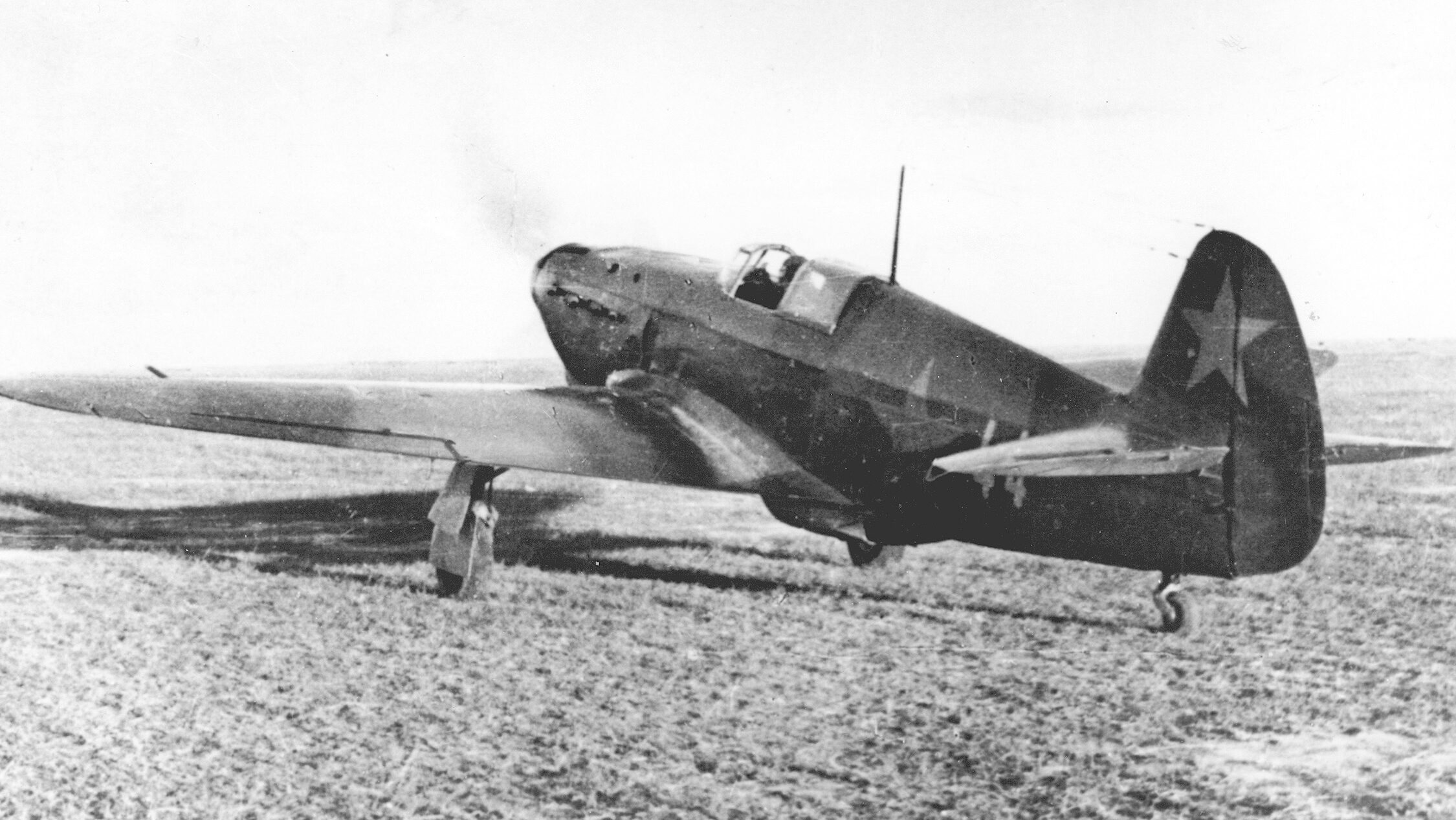
From his observation tower, von Richthofen saw the Soviet aircraft go down in flames. “It’s great fun!” he chuckled. Next, two I-16s were knocked down, by Setz and Reinert (the latter’s 49th victory). The stiffness of the combat is indicated by the entry in Gordon Gollob’s diary for that day which reads: “We fought at altitudes between 1,500 feet and the deck. I shot down an I-153, but I was also hit myself and landed close behind our own lines with a burning tire.”
Following this, 6 GIAP/VVS-ChF was left with only four Yak-1s remaining. On June 10, Soviet Fifth Air Army sent 20 Yak-1s of 45th Fighter Aviation Regiment (45 IAP) from northwestern Caucasus as reinforcements to Sevastopol. Next day, another group of eight Yak-1s arrived from the units of VVS-ChF that were based in the same area. While the army fighters managed to reach their destination without incidents, the naval Yakovlevs were spotted by Heinrich Setz. Climbing with the sun at his back, Setz put a well-aimed burst into one of the Yaks, which fell to the ground —the German ace’s 76th kill.
The mainly inexperienced Soviet airmen could not outweigh the loss of Babayev and Alekseyev, and the air-combat situation grew more and more difficult for the Soviets. On June 12, Avdeyev had to make good an escape by flying down a Sevastopol street. When he returned to base, he learned that only three of the “new” navy Yakovlev pilots—the unit’s political commissar and two inexperienced Serzhants—had survived that day’s air fighting. In his memoirs, Avdeyev wrote laconically: “And next day, the Commissar and his wingmen were no more.”
On June 13, the Soviet navy pilots in Sevastopol registered seven aircraft lost against two victory claims. In addition, the 45 IAP pilots Ivan Shmatko, Serzhant Vaz’yan, and Leytenant Ushakov were shot down. After a few days, 45 IAP had lost nine Yak-1s, and most of its novice pilots were killed.
A Chance to Kill “Z”
In response to the relentless German fighter attacks from above, the Soviet airmen adopted a new tactic. Taking off as fast as they could, they raced out over the sea at low level. Once out of sight of Sevastopol, they climbed high and turned back. “Three attacks were made by strong Il-2 formations,” an astounded Gordon Gollob wrote in his diary on June 14. “These guys have some nerves,” Heinrich Setz noted in his diary: “Each day they see their friends go down in flames, and yet they’re back in the air with the same enthusiasm the next day.”
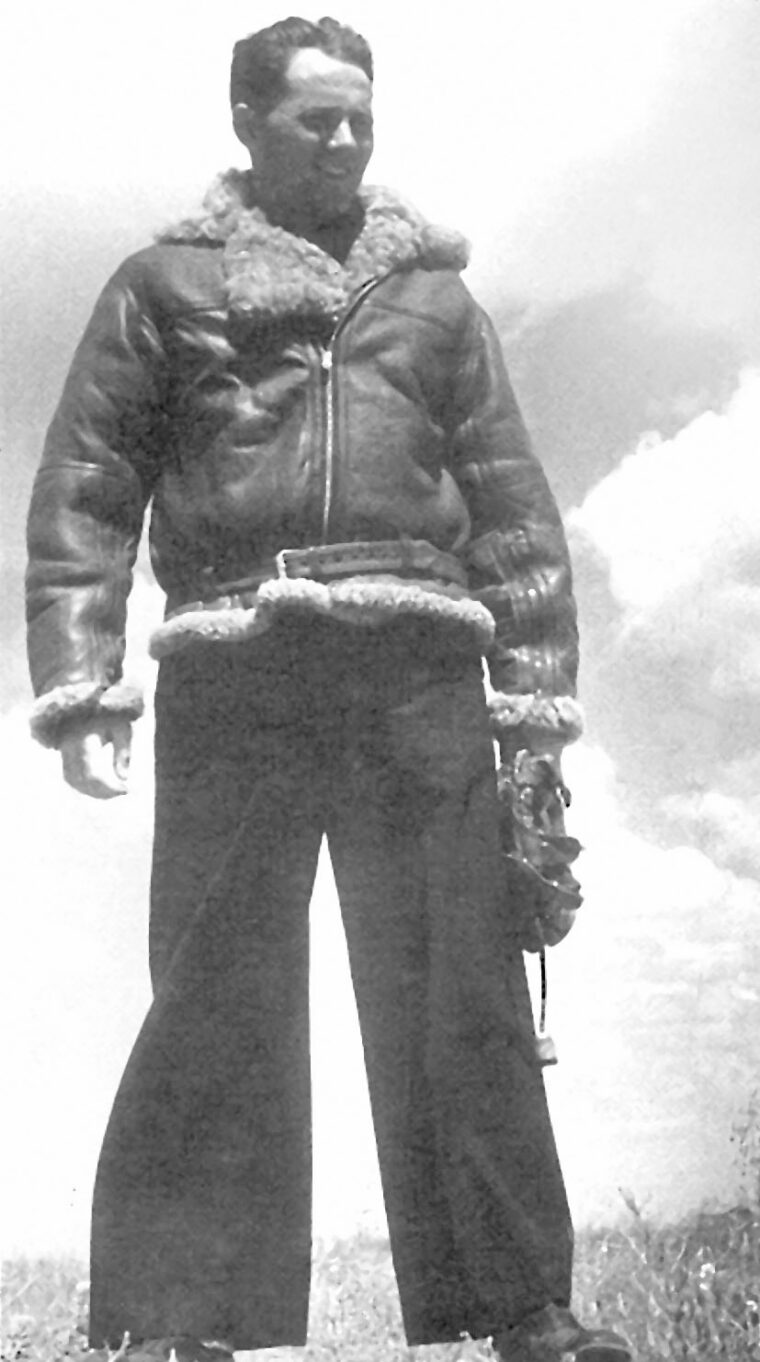
During one of the air combats on June 15, Avdeyev finally managed to get the feared “Z” in his gunsight:“The sun was already sinking below the horizon. Suddenly I spotted the hated reddish-brown (‘carrot-colored’) plane over the airfield. I called upon all gods to ensure that my engine and guns would not fail, that my speed wouldn’t decrease, so that nothing would go wrong. The matter had become personal: ‘Z’ had become my nightmare, my idée fixe, the symbol of everything that I hated ferociously … I still don’t know the reason for this—either ‘Z’ made a blunder, or my swift attack caught him by surprise—but finally, and not without sensing a fiendish pleasure, I saw ‘my’ ryzhiy (‘carrot’) cross the threads of my gunsight. I fired one burst. A second. A third. The plane passed by. I turned my head and looked back: Trailing smoke, ‘Z’ rushed toward friendly territory. I turned to follow him, but too late—a pack of Messerschmitts intercepted me.…
“Until today, I don’t know if I managed to shoot him down or not, nor do I know if it was General von Richthofen himself, or one of his favorites. But we never saw ‘Z’ again. In vain we looked for his dirty reddish-brown machine in the sky.”
Although Avdeyev may have come out with a “moral victory” from his last engagement with the infamous “Z,” it is clear that neither “Toni” Hackl nor any other German fighter pilot was shot down over Sevastopol on June 15. However, Avdeyev’s observation that Hackl disappeared from the skies in this area is correct. On June 14, Hackl received the Knight’s cross during a ceremony led by Gordon Gollob. After that, Hackl left for a well-deserved home leave. Incidentally, Mikhail Avdeyev and Konstantin Alekseyev were appointed Heroes of the Soviet Union on the same day.
The German Army Captures Severnaya Bay
Day after day, thousands of bombs rained upon Sevastopol and its fortifications. The combat record of I./KG 100’s Hauptmann Hansgeorg Bätcher reads: “June 9: Fort Cheek hit with an SD 1000-bomb; June 13: Fort Kappa hit with SD 1000; June 15: SD 1000 on Fort Bastion.” On June 17, the Germans concentrated their efforts against the Soviet Coastal Battery 30, also known as Fortress Maxim Grouchy I—the key to the Soviet defense in the north. Between 3:15 and 3:30 pm, 27 Ju 87s of Hauptmann Alfas Orthofer’s II./StG 77 attacked the fortress.
A German infantry Leutnant later wrote: “Our Stukas come buzzing. They dive away over their wings and descend toward Maxim Gorkiy with screaming engines. Over and over again! Their machine-guns are spitting small flames. The air trembles from the bomb detonations. Dark smoke and gigantic dust clouds rise….”
One of the Ju 87 pilots, Oberleutnant Maué, succeeded in scoring a direct bomb hit on the last remaining gun tower of the fortress; shortly afterward the German soldiers were able to seize the stronghold. It proved to be the turning point of the battle.
With Coastal Battery 30 neutralized, the German LIV Corps managed to breach the Soviet lines north of the Severnaya Bay, opposite to the city of Sevastopol.
It then became increasingly difficult for the Soviets to counteract against the Germans, who had the attacker’s advantage of choosing where to locate his main effort. The German air superiority also became increasingly overwhelming. On June 18, the flotilla leader Kharkov was severely damaged by the close hit of a German bomb near Khersones.
Meanwhile over Sevastopol eight Il-2 Shuturmoviks of the Soviet 18th Ground-Attack Aviation Regiment (18 ShAP) and a number of escort fighters were bounced by some 20 Me-109s during takeoff from the Sevastopol airfield Khersonesskiy Mayak. Within a few minutes, Gordon Gollob sent one Il-2 and one fighter (claimed as a LaGG-3) back to the ground. Other pilots of JG 77 were credited with four kills. Because Gollob earlier had refrained from reporting four of his victories, his two kills on June 18 were officially recognized as his 100th and 101st victories—which rendered him a mentioning in the OKW Bulletin the following day.
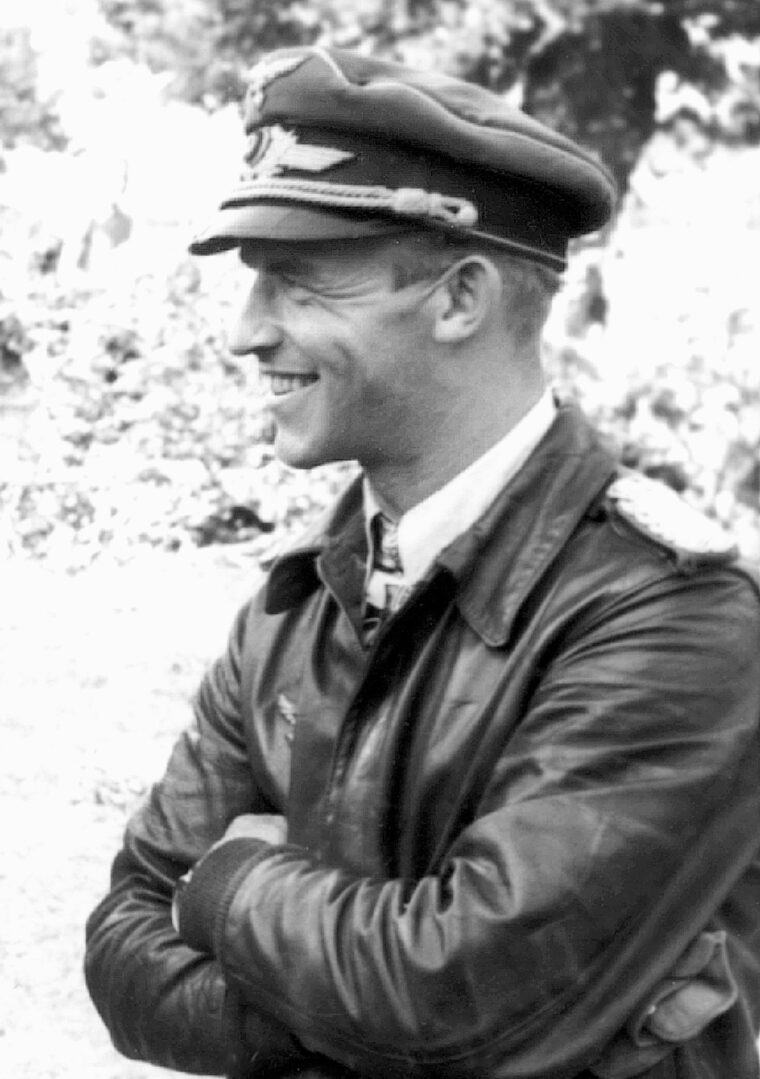
On June 19, the German ground troops reached the northern shore of Severnaya Bay, and were able to subject the Soviet airfields to an intense artillery shelling, which destroyed four Soviet naval aircraft on the ground and almost completely paralyzed any Soviet air activity. German LIV Corps reported: “No enemy air activity.”
On June 19, Heinrich Setz patrolled above Sevastopol searching for an opportunity to achieve his 80th victory. Only after 12 hours did he spot the first Soviet aircraft. Setz dived straight on a group of LaGG-3s that were taking off, shot down one—it crashed straight on Khersonesskiy Mayak Airdrome—and then made a quick escape.
On June 20, all hydroplanes and bombers were flown out of Sevastopol. One GST (a license-built U.S. Catalina) was intercepted by I./JG 77 Me-109s near the Kerch Peninsula and ended up as Feldwebel Ottokar Pohl’s fifth victory. The pilot, Kapitan Chebanik, was killed.
Von Manstein then launched an amphibious landing on the southern shore of Severnaya Bay, at the outskirts of Sevastopol. In preparation, the Luftwaffe carried out a concentrated bombardment against the inner fortification belt around the city. While the German troops lay waiting in their trenches, the bombers and Stukas kept coming throughout June 23, unloading their deadly cargo over a small area. “The thick smoke that rose from Sevastopol completely covered the horizon,” Gordon Gollob wrote in his diary.
Continued Soviet Resilience
But still the last Soviet airmen in the besieged fortress kept fighting, as Gollob noted on June 23: “We drop bombs against ships and quays in the western part of the bay, and strafe vehicles and other targets of opportunity. But even though the airfield Sevastopol IV is subjected to continuous shelling from our antiaircraft artillery, Russian aircraft continue to take off and land at this place.” That day, Setz was amazed to see a single I-153 carrying out what he described as “aerial acrobatics” above Khersonesskiy Mayak Airdrome. “One minute later, I had destroyed the biplane,” Setz wrote—his 81st.
The brave 6 GIAP/VVS-ChF fought its final combat over Sevastopol—at least for almost two years—on June 24, 1942. On June 25, as only 32 aircraft remained in Sevastopol, the decision was taken to evacuate all airmen of 6 GIAP/VVS-ChF.
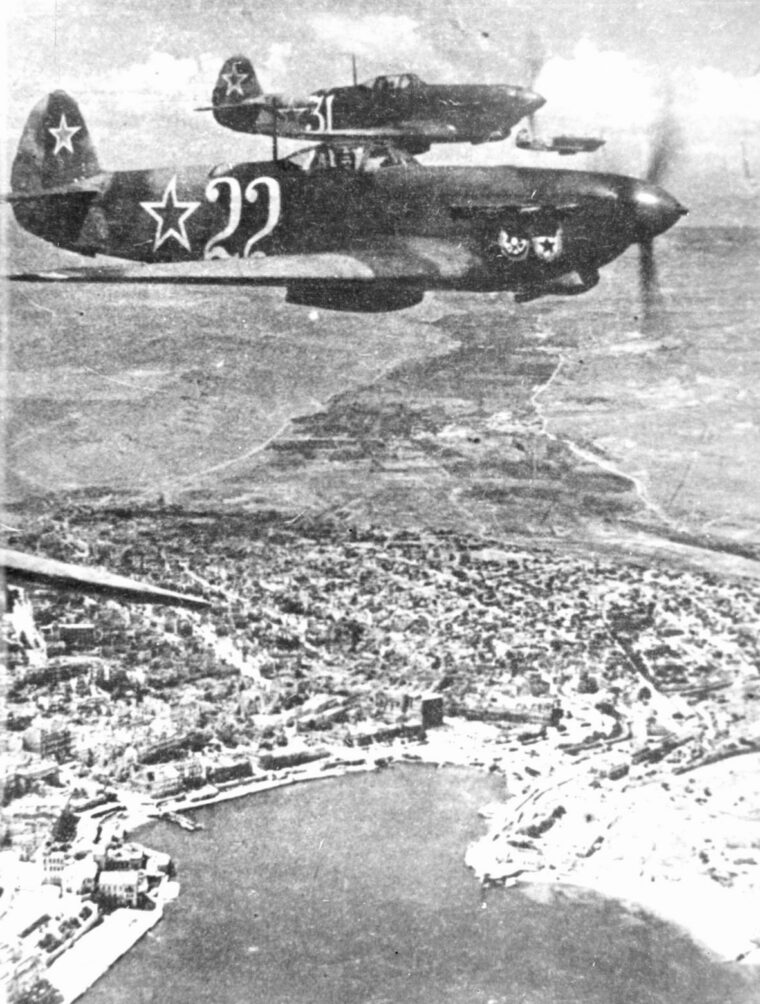
Each day, the Soviet situation deteriorated. Von Manstein pressed hard for increased air support, and on June 26, the fortifications on the Sapun hills, which had blocked the advance of XXX Corps in the eastern sector for so long, were completely devastated by the air attacks. Meanwhile, 16 Soviet aircraft were put out of commission during air raids and artillery shelling against Khersonneskiy Mayak Airdrome.
Other German aircraft were launched against the Soviet supply shipping. Flotilla leader Tashkent of the Soviet Black Sea Navy was able to evade the attacks by He 111s of I./KG 100 “Wiking” and arrived with badly needed reinforcements of the 142 Rifle Regiment. The destroyer Bezuprechnyy, en route to Sevastopol with 320 soldiers, did not have the same fortune. The combat report of II./StG 77 for June 26 reads: “Eight Ju 87s attacked the destroyer in grid 34 East 4588. Two direct hits were scored. The destroyer sank after two minutes. The decisive hit, which resulted in the splitting of the vessel in two halves, was scored by Oberfeldwebel Werner Haugk. The second hit was scored by Stabsfeldwebel Bartle.”
Early next morning, III./StG 77 and I./KG 100 pursued flotilla leader Tashkent as it withdrew from Sevastopol with 2,100 injured soldiers on board. Soviet journalist Yevgeniy Petrov, who experienced the struggle between the commander of the ship, Kapitan Vasiliy Yeroshenko, and the Luftwaffe fliers, recalled:
“Yeroshenko rushed between starboard gaff-end and backboard gaff-end during the entire air attack. He peered at the diving aircraft and with a hoarse voice gave the correct instructions in the right time: ‘Shift the helm backboard—Shift the helm starboard!’ On occasion, he even waved his hand to encourage me….”
Only after four hours, when 335 bombs had been dropped against the ship, did Oberfeldwebel Herbert Dawedeit of 8./ StG 77 manage to score a close hit that caused severe damage to the ship. But it survived and could be towed back to Novorossiysk.
Nevertheless, the bomb attacks against Bezuprechnyy and Tashkent compelled the Soviets to refrain from dispatching further large sea vessels to Sevastopol—a decision that would be most fateful to the remaining men in the besieged garrison.
The Soviets Break
A final effort to supply the badly mauled defenders was made by 20 PS-84 transport planes—license-built U.S. C-47s brought in from the famous Moscow Aviation Group MAGON—that carried out 288 night supply flights between June 21 and July 1, but it did not suffice. By now, the Soviet defenders were in complete disarray.
On June 28, the Luftwaffe carried out a relentless bombing of Sevastopol in order to drown the sound of the assault boats that were brought forward, and the amphibious landing took place the following night. The Soviets were caught by surprise, and the Germans managed to get a foothold. Early next morning, the German fliers carried out “rolling attacks” to the east of the city, where German XXX Corps launched yet another attack. More than 1,300 Luftwaffe sorties were carried out on June 29 alone. The only Soviet opposition in the air was when eight Yak-1s of 45 IAP intercepted an StG 77 formation, with Kapitan L. Saprykin and Leytenant Nikolay Lavitskiy claiming one of the Ju 87s.

“Approximately three hundred Stukas are launched in merciless, deafening attacks against the Sapun Heights,” wrote a German infantry Oberstleutnant. “Never ever—neither previously, nor later—did the men of 42nd Infantry Regiment experience something like this.” Finally, the entire Soviet defense collapsed. With almost all artillery ammunition spent and no hopes for any significant reinforcements or supplies, thousands of Soviet soldiers fell back toward Cape Khersones, more or less in disorder.
“Panic is spreading, particularly among the officers,” wrote the commander of the Soviet Coastal Army, General-Mayor Ivan Petrov. His aviation arm carried out its last 22 sorties on June 30, and during the following night, 11 Yak-1s, one LaGG-3, four I-16s, three I-153s, one I-15bis, seven Il-2s, and four U-2s took off and flew to Anapa in northwestern Caucasus. Thirty nonoperational aircraft were set on fire on the ground.
“The Russian will to resist is broken,” noted German XXX Corps on the evening of June 30. And still von Manstein shuddered at the prospect of drawn-out and merciless streetfighting inside the city of Sevastopol. “In order to avoid that,” he wrote, “I instructed the artillery and the Luftwaffe to have a word once again.” All bombers, Stukas and all available artillery pieces opened a terrible bombardment against the city early on July 1.
Leutnant Herbert Kuntz of I./KG 100 recalls: “The impact of our heaviest bombs is terrible. Entire blocks of houses disintegrate. Rocks, parts of roofs and rafters are flung 3,000 feet high.”
The assault “was met with full success,” von Manstein noted. On the afternoon of July 1, the German flag was raised in the ruins of Sevastopol.
The Soviet Supreme High Command surrendered to the harsh realities and issued an order that permitted General-Mayor Petrov to abandon Sevastopol. Petrov and the other commanders of the Coastal Army were evacuated by the submarines Shch-209 and L-23, and PS-84s flew the commander of the Black Sea Fleet, Vitse-Admiral Filipp Oktyabrskiy to safety in the Caucasus. General-Mayor Petr Novikov assumed command of the defense positions at Cape Khersones.
While the Soviet troops flocked to Cape Khersones hoping for the arrival of an evacuation fleet, Hauptmann Hanns Heise led I./KG 76 and parts of I./KG 100 in an attack against the Black Sea Fleet in the Caucasus ports of Taman, Anapa, and Novorossiysk. The Soviet fighter interception force was severely dealt with by the escorting Me-109s of II./JG 77—which claimed six victories for no losses—only one German bomber was shot down. The damaged flotilla leader Tashkent and destroyer Bditel’nyy were sunk, as were a dozen other ships of various size. With this, the last Soviet hope for a large-scale evacuation of Sevastopol was lost.
At the same time, other German aircraft broke up all Novikov’s attempts to organize a defense at Cape Kersones. Hauptmann Hansgeorg Bätcher of I./KG 100 carried out his 300th bombing sortie against these targets on July 2. Two days later the main Soviet resistance on the Khersones peninsula was broken, and the last sporadic fighting subsided on July 9. General-Mayor Novikov, the last commander of the Soviet Defense District, was found among the 95,000 Soviet troops that surrendered. Novikov eventually was executed by the SS in Concentration Camp Flossenburg.
After an eight-month siege of Sevastopol, the Soviet resistance had finally been crushed. It is clear that this immense German victory could not have been achieved without the contribution made by Fliegerkorps VIII/Fliegerführer Krim, which launched 23,751 sorties from June 2 through July 3, dropping 20,529 tons of bombs.

Aftermath
According to German sources, 123 Soviet planes were destroyed in the air (including 118 by fighters) and another 18 on the ground. StG 77 alone carried out 7,708 combat sorties, dropping 3,537 tons of bombs. Total combat losses by the participating Luftwaffe units were limited to 23 aircraft destroyed and seven damaged in the vicinity of Sevastopol between June 2 and July 3.
The most outstanding fighter pilots received the highest awards. Hauptmann Gollob was awarded the Swords to his Knight’s Cross with Oak Leaves—Gollob was the 13th member of the Wehrmacht and the 11th fighter pilot to be awarded the Swords, the second highest German military award. Setz and Oberleutnant Friedrich Geisshardt received the Oak Leaves to their Knight’s Crosses. The commander of the Eleventh Army, Erich von Manstein, was not even awarded the Oak Leaves to his Knight’s Cross following the victory at Sevastopol—although he was promoted to Generalfeldmarschall.
On July 5, a victory banquet was held in the old Czar castle Livadia at Yalta. All unit commanders of the Eleventh Army, from battalion commanders and above, and several Luftwaffe unit commanders, took part. But as to remind the participants of the stiff fight that had been offered by the defenders of Sevastopol, the Soviet aviation also had a voice in the matter. A sudden attack by twin-engine SB bombers of Soviet 6th Bomber Aviation Regiment, commanded by Podpolkovnik (Lieutenant-Colonel) V.I. Lukin, sent the festively dressed officers tumbling toward the basement, and the bombs dropped caused considerable bloodshed among the waiting drivers outside.
The defenders of Sevastopol indeed amazed the world for their long and tenacious resistance. It cost the German Eleventh Army more than 24,000 casualties, and four thousand from participating Romanian units. The Soviet aviation at Sevastopol—which had mustered no more than 53 serviceable aircraft at the onset of the battle—carried out 3,144 sorties, including 1,621 ground-attack sorties, between May 25 and July 1. This cost them 69 planes and 50 airmen.
The eight-month defensive fight for Sevastopol was an example set for the upcoming battle of Stalingrad. As the exhausted troops of the German Eleventh Army raised the German flag in Sevastopol, the Wehrmacht had already embarked on its road to that ill-fated city.
Of the famous aces who fought each other in the Sevastopol skies, all but one survived the war. On March 13, 1943, Heinrich Setz was killed during a dogfight with RAF Spitfires over France. He was credited with a total of 138 victories and was awarded the Knight’s Cross with Oak Leaves.
Gordon Gollob would become the first pilot to reach the 150-victory mark—in August 1942—and he ended the war as Adolf Galland’s successor as Inspector of the Fighter Aviation Arm. He died on September 17, 1987. “Toni” Hackl, the formidable high-side attacker who was even mentioned in his opponent’s postwar memoirs, died in 1984. Mikhail Avdeyev rose to command 6 GIAP/VVS-ChF and experienced the triumph of flying above the re-conquered Sevastopol two years later. After the war, he reached the rank of General-Mayor and died in 1979. Konstantin Alekseyev died in 1971, at age 56.
Ernst-Wilhelm Reinert—who eventually fought the RAF and the USAAF in Tunisia, where he achieved 51 victories between January and April 1943—ended the war with a total of 174 victories. Although diseased, 81-year-old Reinert is still alive to tell the story of the stiff duels with some of the best Soviet fighter pilots over Sevastopol, 58 years ago.
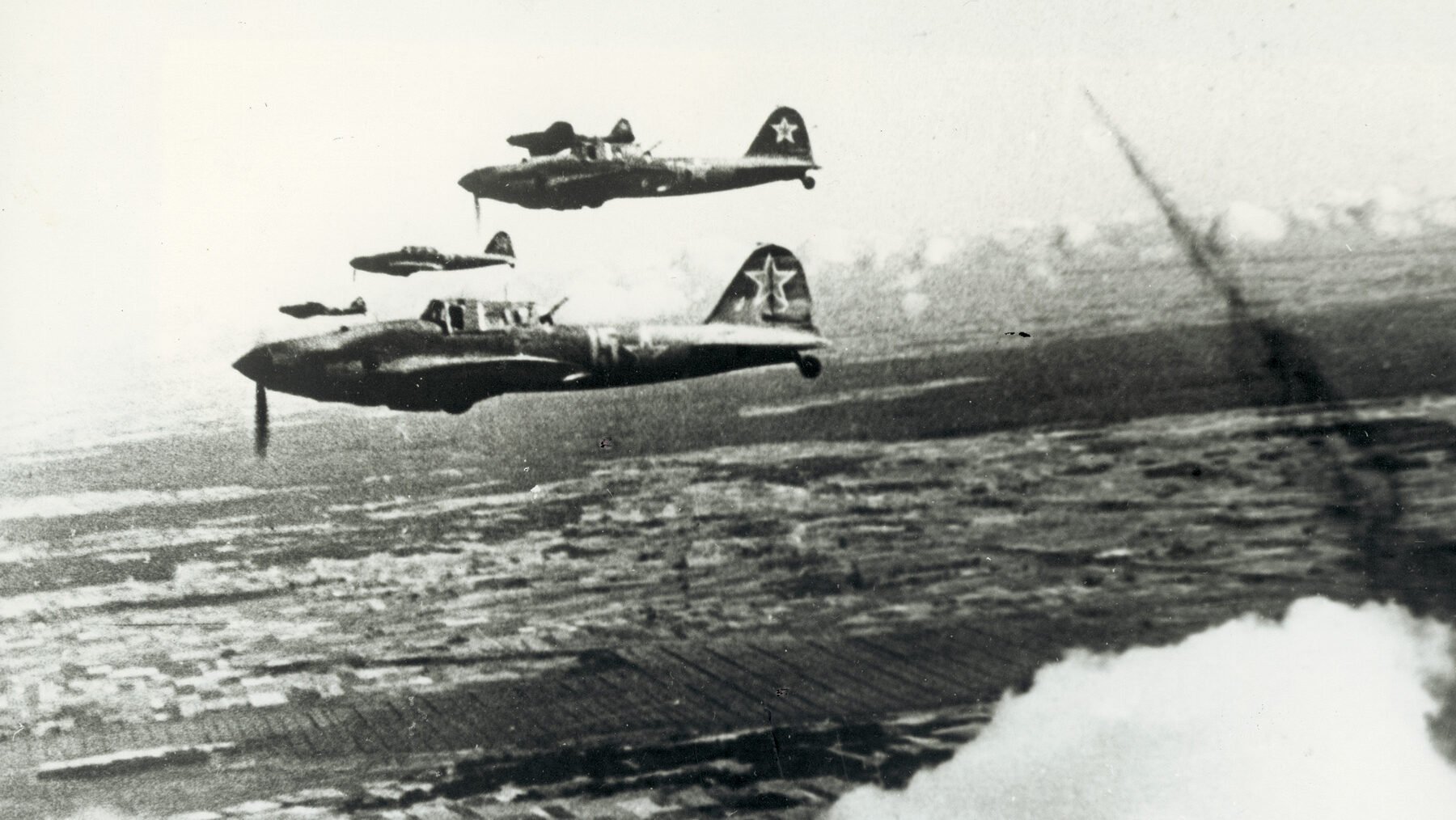
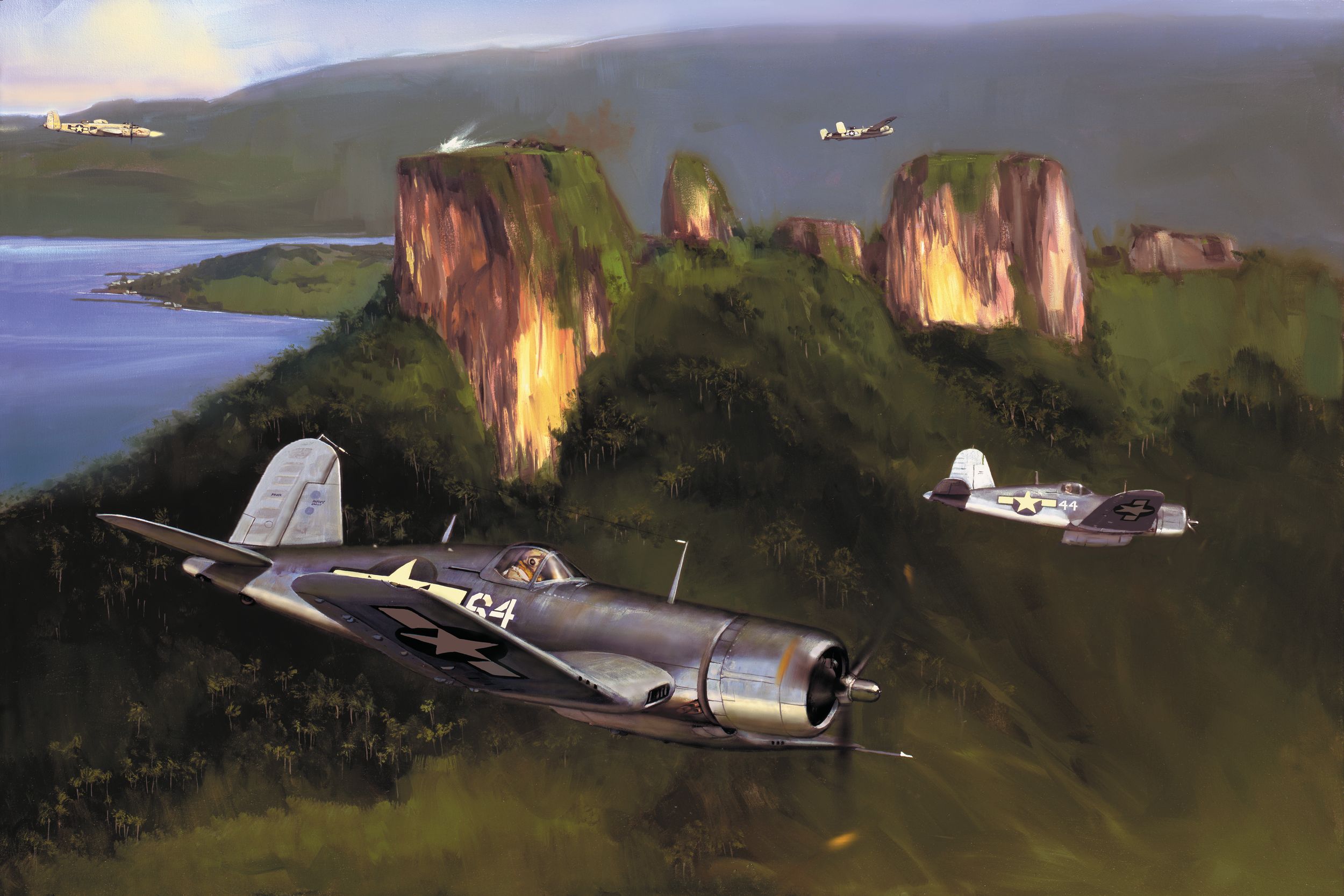
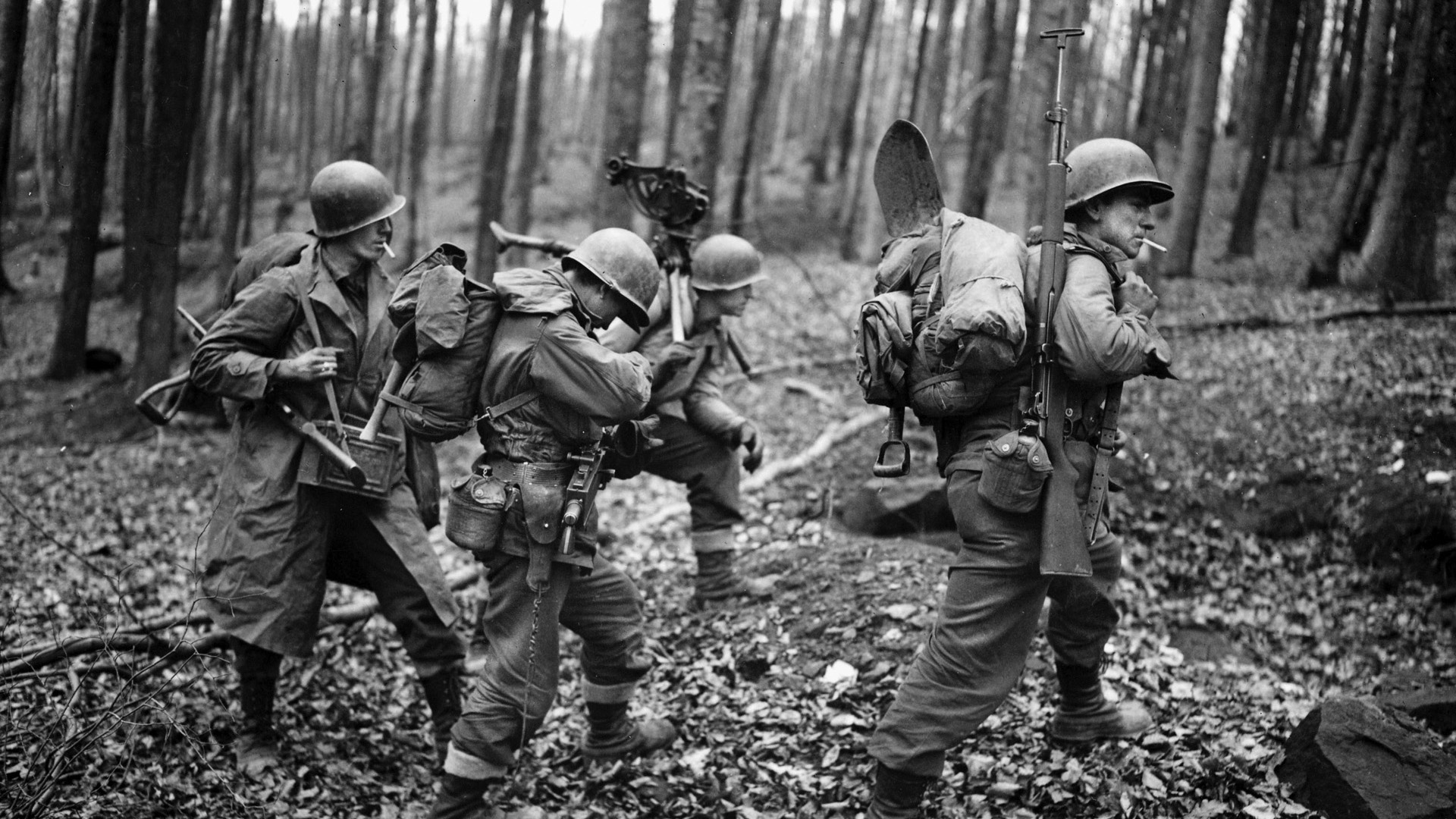
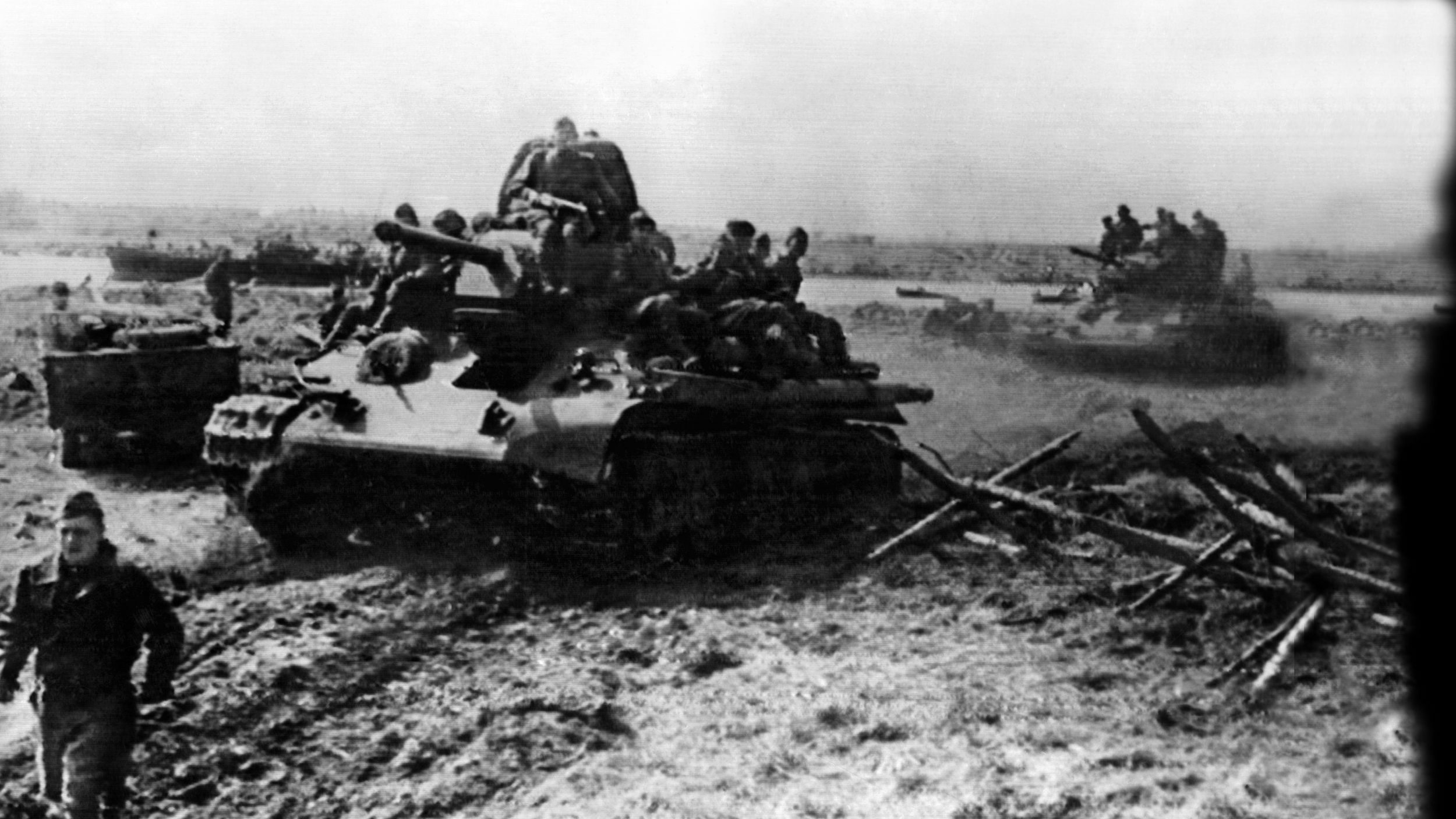
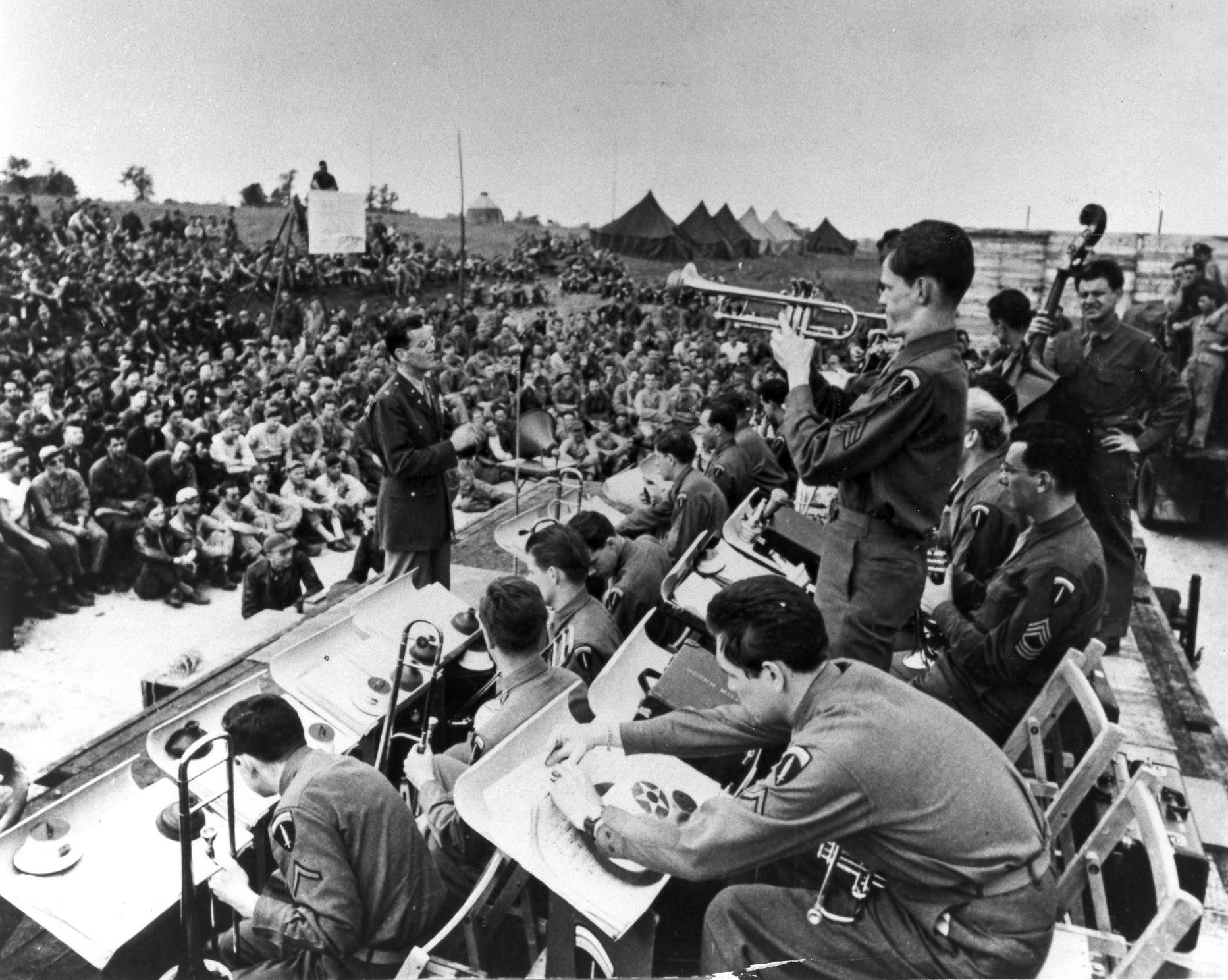
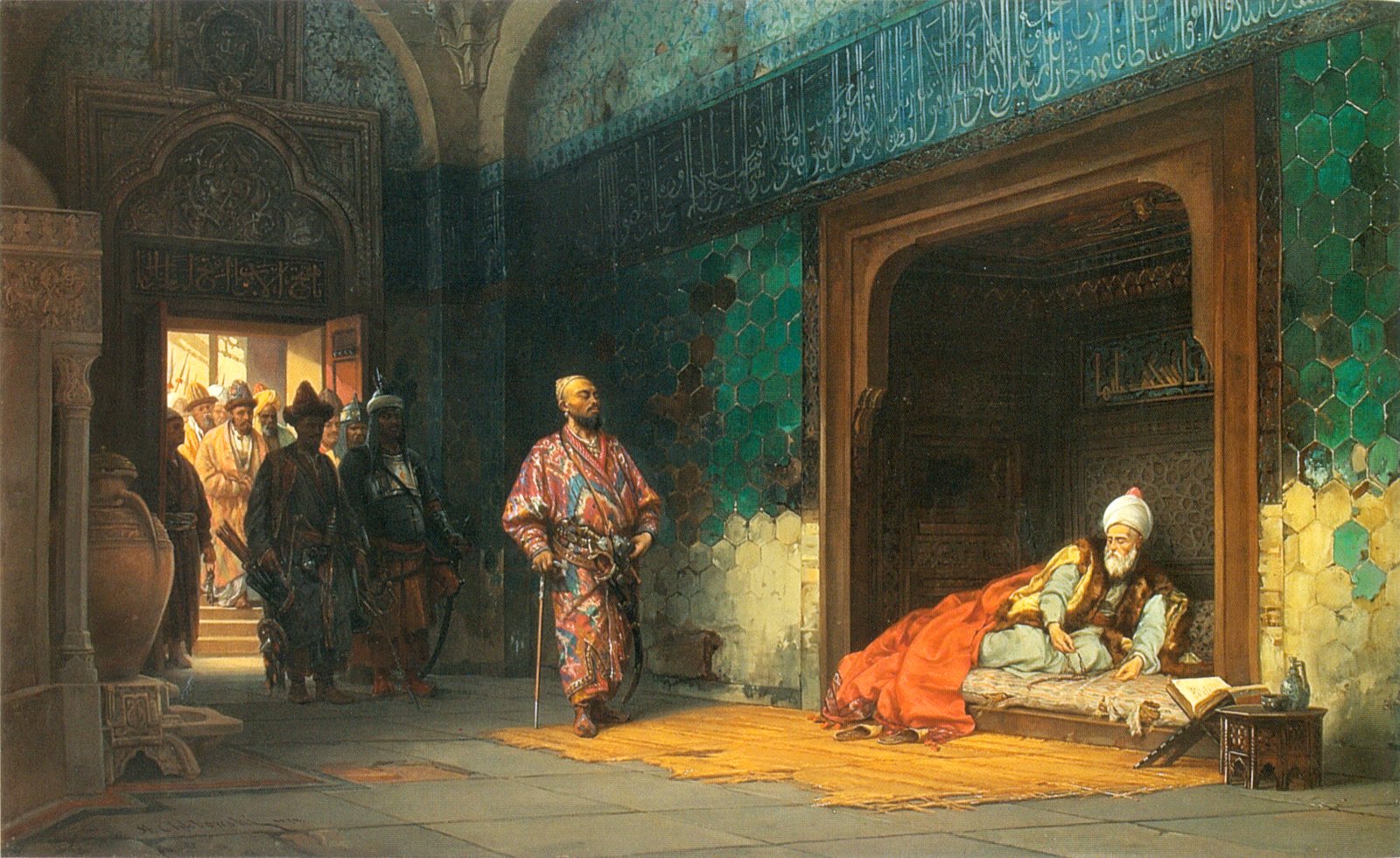
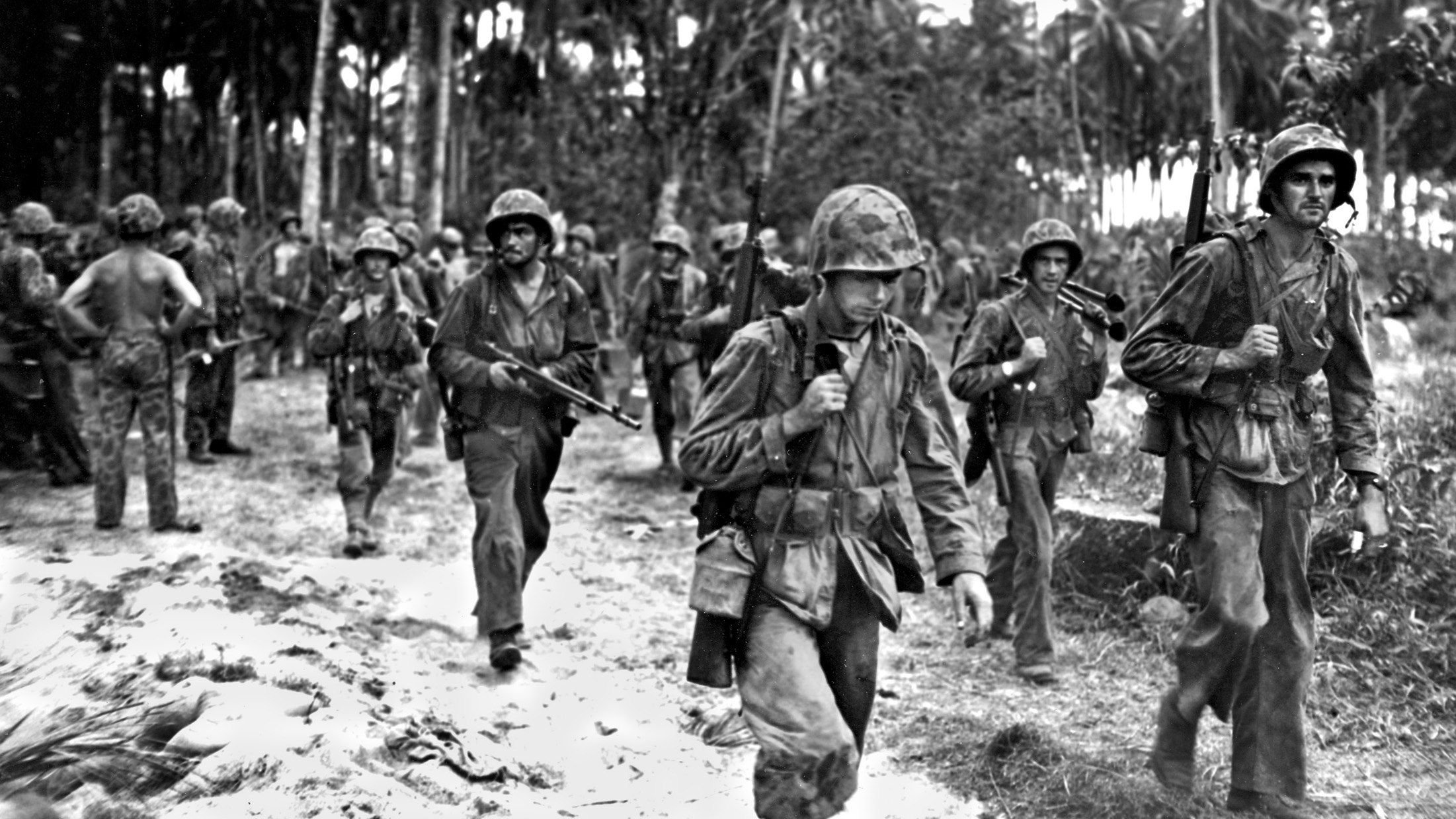
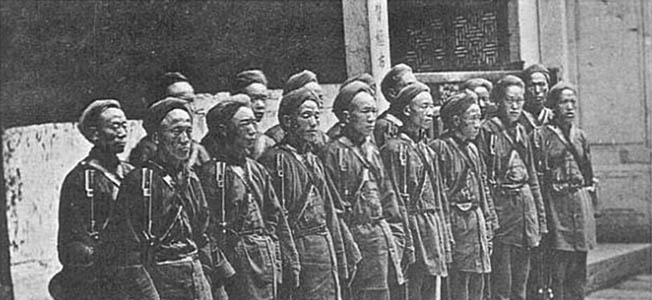
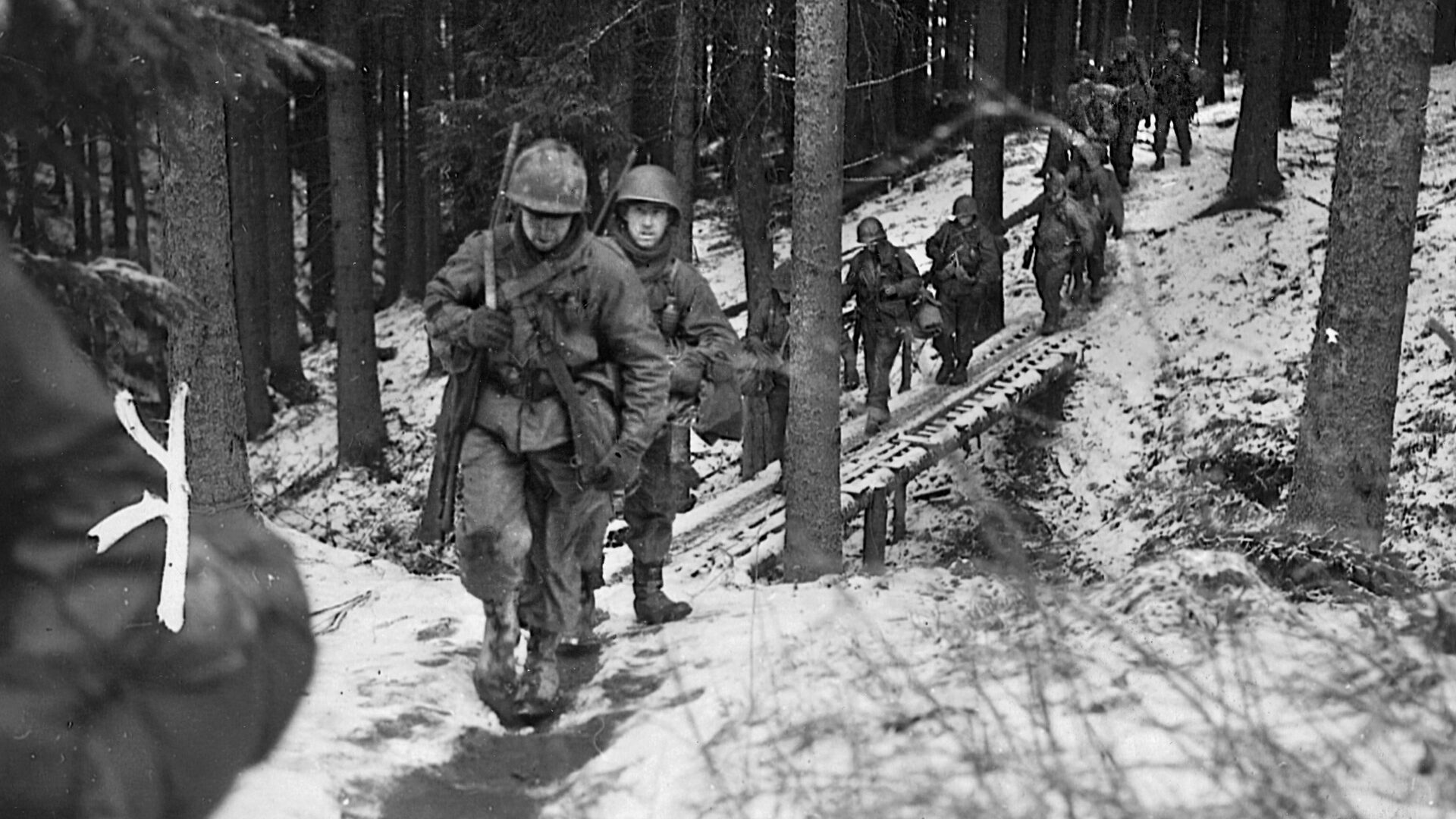
This is an excellent account of the very competent German tactical air operations. Fortunately for the allies, heavy strategic bombers were completely ignored and contributed to two significant failures; the Battle of Britain and Stalingrad/Leningrad.